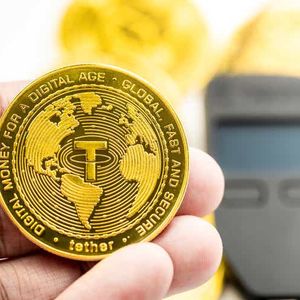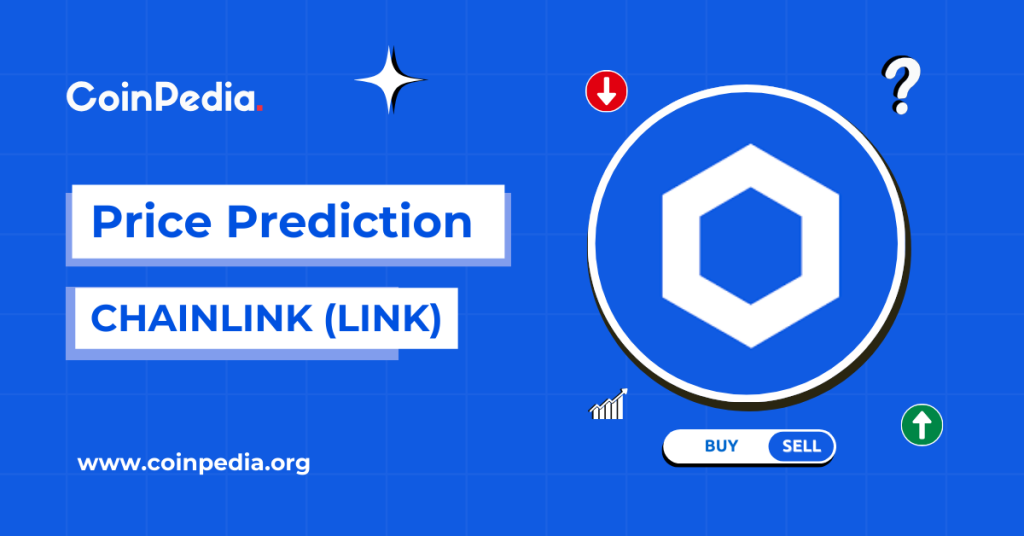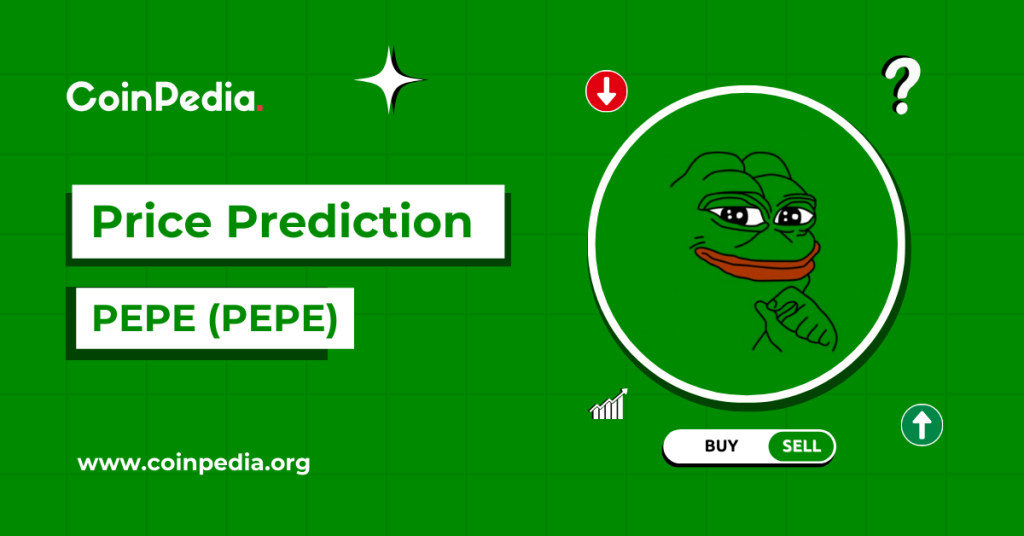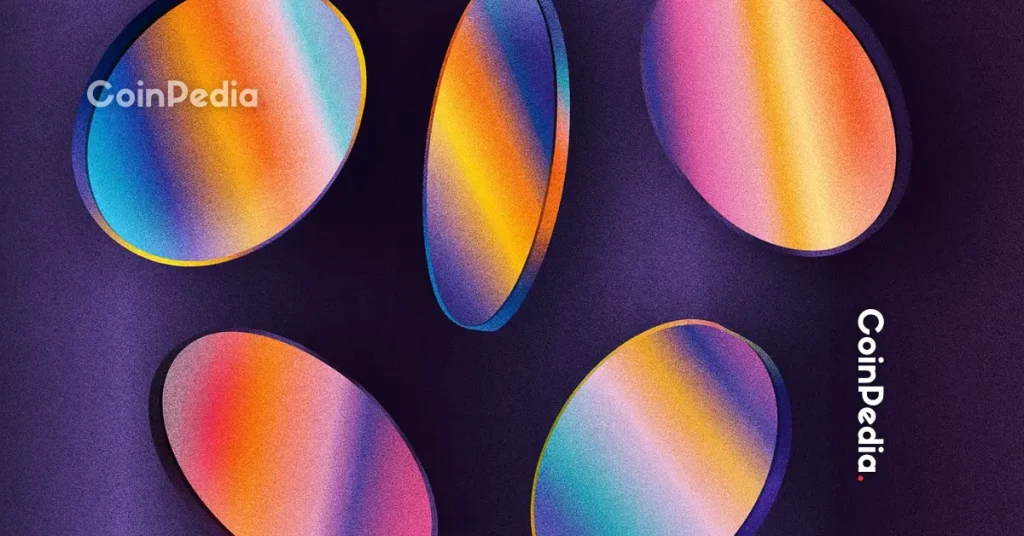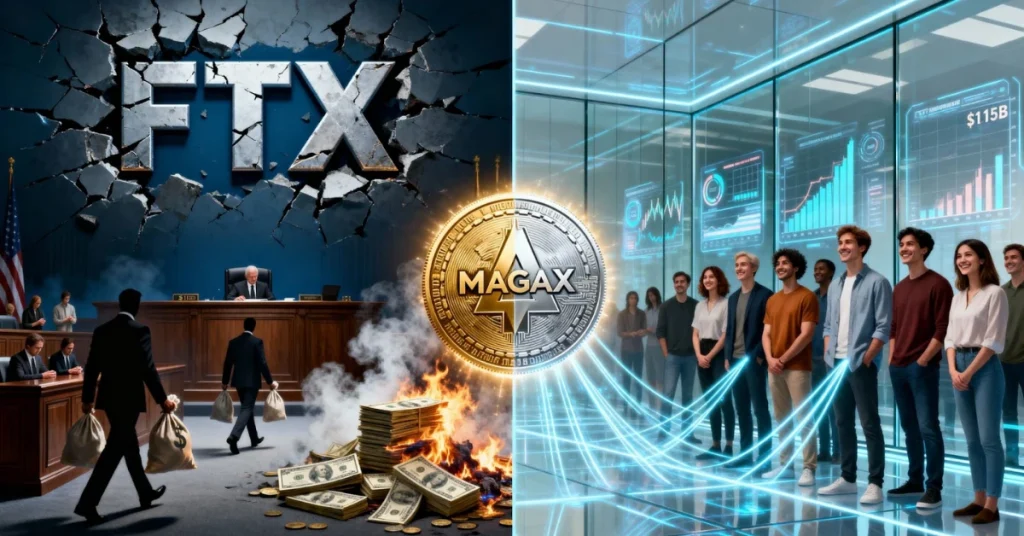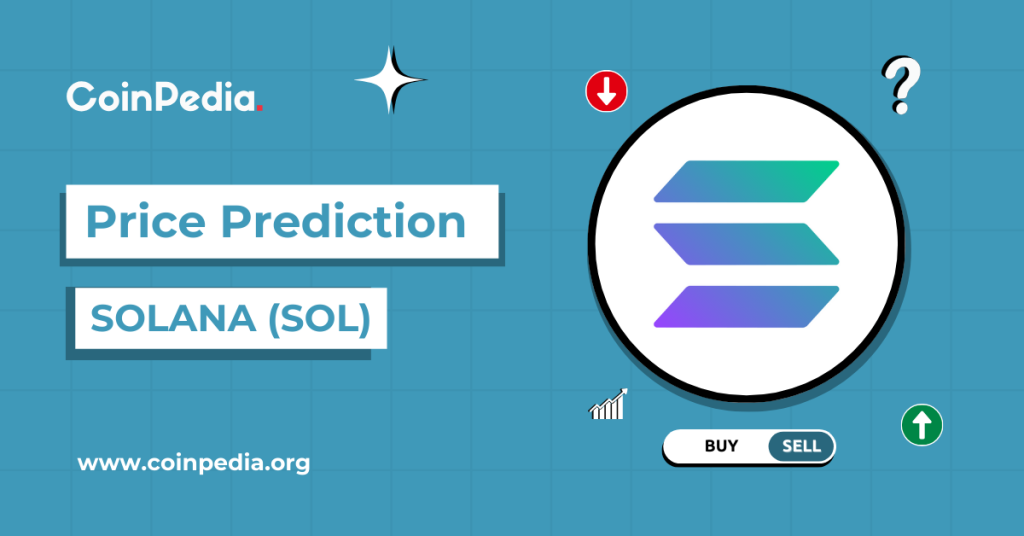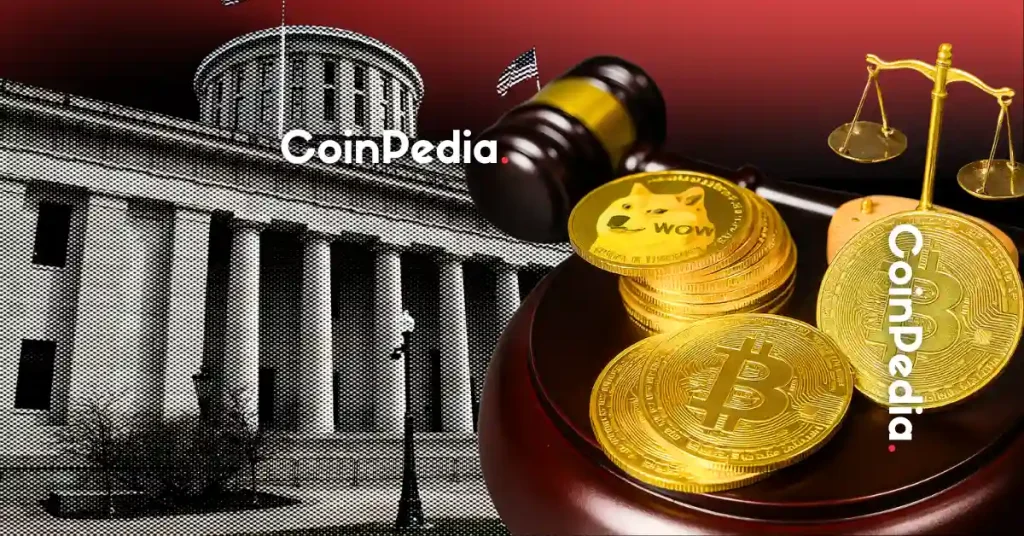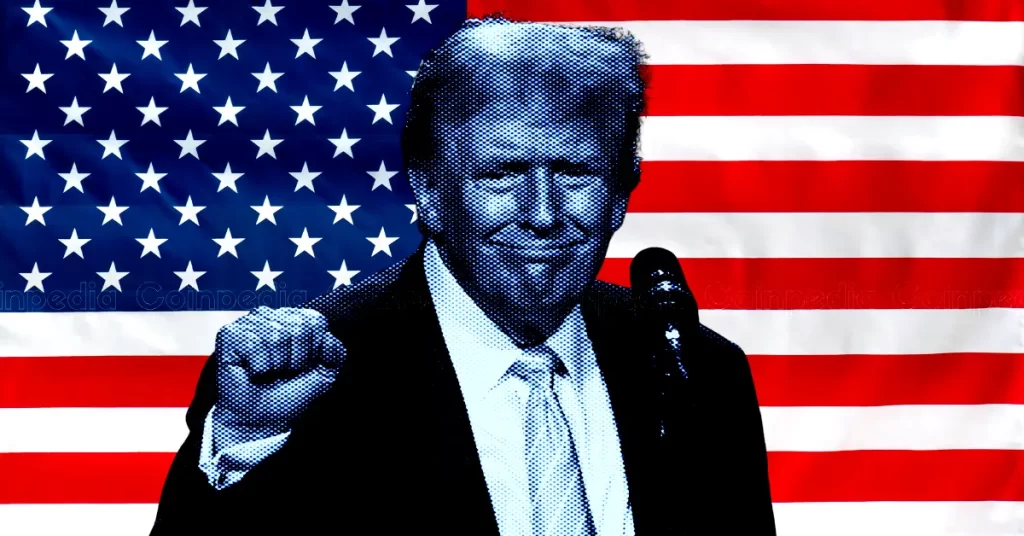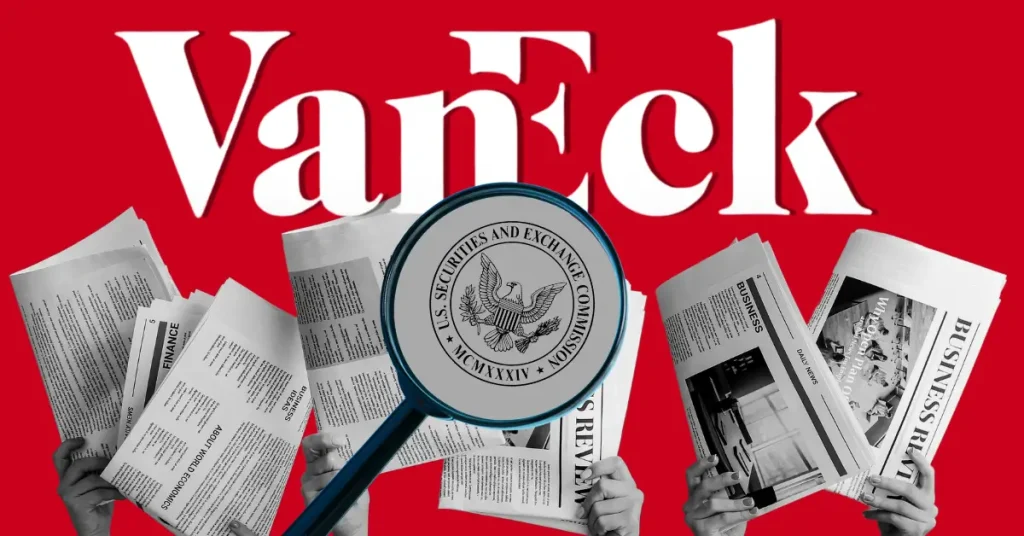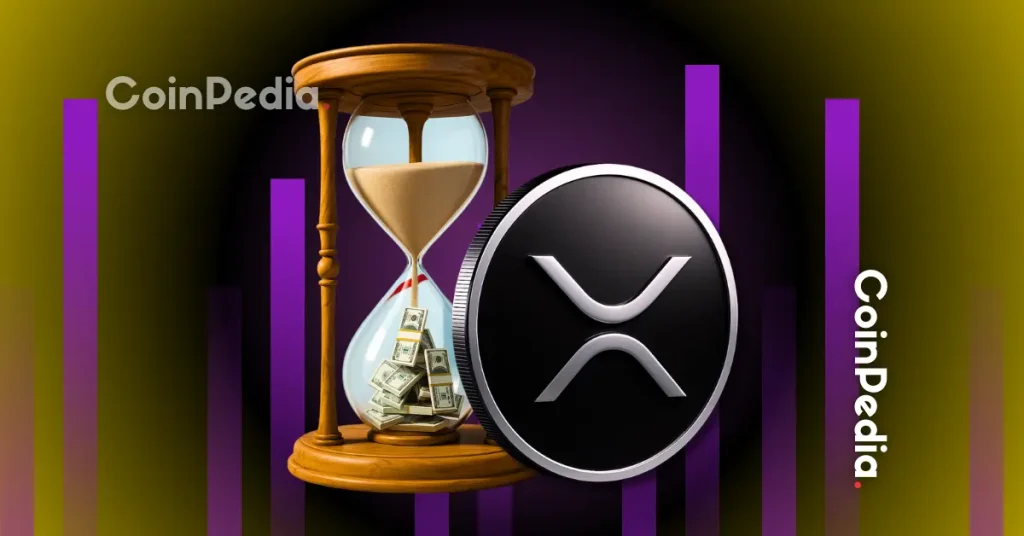Summary With an $83 billion market cap, Tether is the top stablecoin in the crypto industry. Despite attestations claiming a $2.4 billion surplus, some question Tether's ability to meet all redemption obligations in a run situation. In my view, Tether is too reliant on Tron for scaling its token supply. One of the most polarizing cryptocurrencies in the entire industry is the stablecoin Tether ( USDT-USD ). With a market capitalization of over $83 billion, USDT is the third-largest crypto coin after Bitcoin ( BTC-USD ) and Ethereum ( ETH-USD ). The coin is designed to maintain a 1 for 1 peg with the US Dollar and is used for DEX trading and on-chain lending protocols. One of the big reasons why Tether has been polarizing is due to questions regarding what and where the coin's issuer holds collateral for the token's backing. Types of Stablecoins There are essentially three different types of stablecoins that have had market success to this point: Algorithmic Crypto-collateralized Fiat-collateralized Algorithmic coins are unique because the backing of those coins could be considered the code rather than actual assets. That code is designed to adjust the supply of the tokens outstanding depending on demand thresholds for the coin. Developers of coins like this aim for a mechanism that maintains a stable peg. This doesn't always work well, and the most relevant example of an algorithmic stablecoin is probably UST, which notoriously collapsed in May 2022 when Terra Luna ( LUNC-USD ) melted down. Crypto-collateralized coins generally have overcollateralized backing from one or several cryptocurrencies. Maker's DAI ( DAI-USD ) is the most notable example of a crypto-collateralized coin and has a 190% collateralization ratio backed by Ethereum and a handful of other tokens. A recently launched algorithmic stablecoin on Cardano ( ADA-USD ) aims for a 400% collateralization rate. The fiat-collateralized coins are theoretically the safest because they're minted by a central issuer when a user deposits real dollars with that issuer. Circle's USD Coin ( USDC-USD ) and Paxos Trust ( BUSD-USD ) are good examples of fiat-backed stablecoins. Tether is the biggest fiat-backed stable coin. The Stablecoin Market The fiat-backed coins are by far the preference from major market participants, judging by the size of the circulating supply. According to data from DeFi Llama, just under 94% of the $129.3 billion in total stablecoin market capitalization is from fiat-backed coins. Tether is a fiat-backed stablecoin, but it has generally carried a bit more skepticism than some of the other large fiat-stablecoin peers like USDC due to what many believe to be poor transparency regarding what is backing the USDT in circulation. Stablecoin Market (DeFi Llama) Despite that skepticism, Tether has bucked the recent redemption trend in the USD-denominated stablecoin market and has actually seen a roughly 25% increase in supply (green line) while USDC (blue line) and BUSD (yellow line) have seen heavy redemptions since the FTX ( FTT-USD ) collapse. This dynamic intensified in March when USDC and DAI briefly lost their pegs following the banking problems in the traditional finance industry while Tether actually traded slightly above $1: TradingView Tether notably did not see a de-pegging in Mid-March, when USDC and DAI briefly fell by more than 10%. DAI's peg went lower because USDC is one of the assets that DAI uses as collateral. USDC lost its peg because it had exposure to Silicon Valley Bank (SIVBQ). A small portion of the collateral that was used as backing for the USDC supply in circulation was held with SVB, and there were questions about how Circle would be able to manage a run on USDC. Tether Collateral Even though it didn't lose its peg in March, there have been several red flags pointed out about Tether through the years from independent analysts and financial journalists. Those red flags have led to claims that Tether is either an offshore hedge fund with more exposure to risk than competing stable issuers at best or an alleged fraud at worst. Earlier this year, Forbes reported Tether's collateral was held with Cantor Fitzgerald, Capital Union, and Ansbacher. The latter two are Bahamas-based banks. In Tether's most recent quarterly attestation , the company claimed $81.8 billion in total assets backing $79.4 billion in liabilities as of May 9th: Asset Breakdown (Tether) Roughly 65% of those assets are held in US Treasuries and just under 2% is held in Bitcoin. Tether claims to have an asset surplus of a little over $2.4 billion. Where is the USDT? Beyond the questions about what exactly Tether the company is holding as collateral and where that collateral is being held, a clear risk that I personally see regarding Tether the coin is that more than half of the USDT in circulation is on the Tron ( TRX-USD ) blockchain: Circulating USDT (DeFi Llama) Like Tether, Tron is a somewhat controversial topic within the cryptocurrency ecosystem. Tron was started by crypto whale Justin Sun back in 2017. More recently, the SEC sued both Justin Sun and the Tron Foundation for a variety of alleged infractions; including selling unregistered securities and participating in manipulative trading. In the past, reports from third-party data analysts have speculated that as much as 84% of the activity on Tron has been from wash trading. TVL Rank Network Protocols Total Stables Top Stable 1 Ethereum 805 $69.23b USDT:48.22% 2 Tron 22 $45.15b USDT:94.82% 3 Binance 605 $5.68b USDT:59.56% 4 Arbitrum 341 $1.86b USDC:62.95% 5 Polygon 424 $1.52b USDT:44.62% Source: DeFi Llama From a DeFi standpoint, Tron is among the most concentrated blockchains in the entire cryptocurrency industry with just 22 protocols, reliance on the top protocol for 65% of total chain TVL, and a stablecoin footprint that is 95% dominated by USDT. In my opinion, Tether and Tron are highly reliant on each other. If there is ever a serious failure or stoppage of the Tron blockchain, redemption of the $43 billion USDT on that network could become challenging. Bitcoin Backing Like other stablecoins in the crypto market, Tether does have some collateral backing to Bitcoin. In mid-May , Tether announced it would be adding to that Bitcoin position by using up to 15% of operating profit to buy additional BTC for collateral backing. Tether's CTO Paolo Ardoino said the following: Our investment in Bitcoin is not only a way to enhance the performance of our portfolio, but it is also a method of aligning ourselves with a transformative technology. This alignment with Bitcoin apparently isn't just limited to holding more BTC in reserve. In late May , Tether announced it would begin putting resources to work in the Bitcoin mining sector in Uruguay. The company chose this location due to its 94% reliance on renewable energy. Summary Tether remains one of the great mysteries in the crypto market. Many have wondered very openly if the company actually has enough liquid collateral to meet redemptions if the token were to experience a run on assets. Even if you take the view that Tether's balance sheet is structured as the company says it is, I believe there are still several valid reasons to avoid USDT anyway. First, Tether's issuance and redemption are through a centralized, offshore entity. Like Circle, Tether has the power to freeze assets or ban usage at the wallet address level and has done so to a larger degree than USDC: Banned Addresses (Dune Analytics/KARTOD) Furthermore, fiat-backed cryptocurrencies introduce traditional finance industry risk to an ecosystem that is built to disrupt traditional finance. When exposed to USDT, the holder has exposure to the blockchain network and its validators, the centralized entity that mints and redeems the tokens, the custodian of the collateral for that centralized entity, and then the collateral itself. There are other stablecoin projects that are instead overcollateralized by blue-chip cryptocurrencies and the backing is verifiable on-chain. I think those are much better options for on-chain swaps and DeFi lending.
